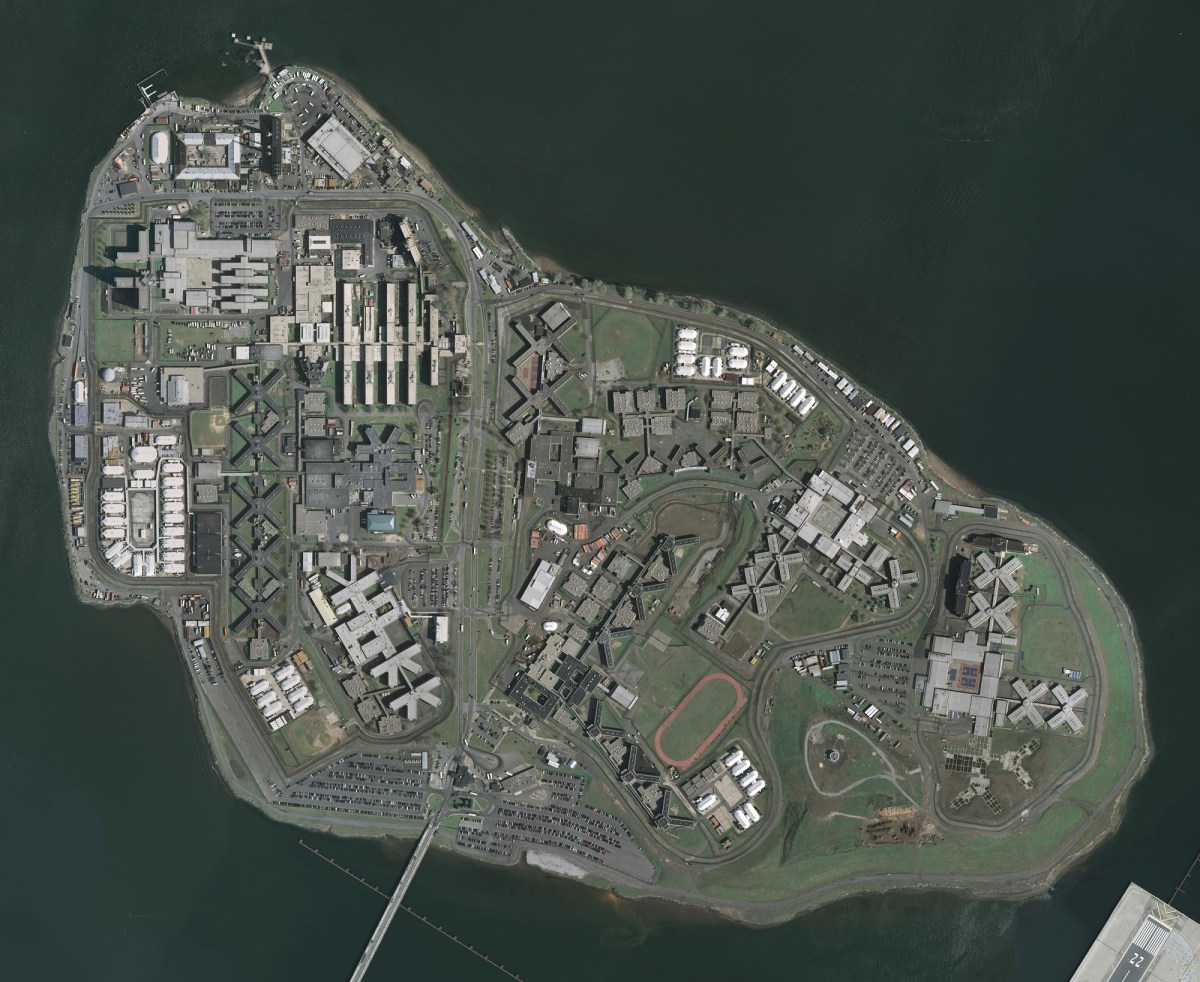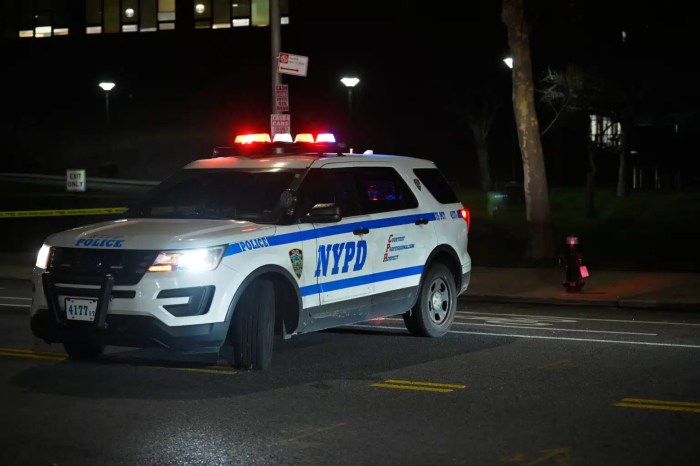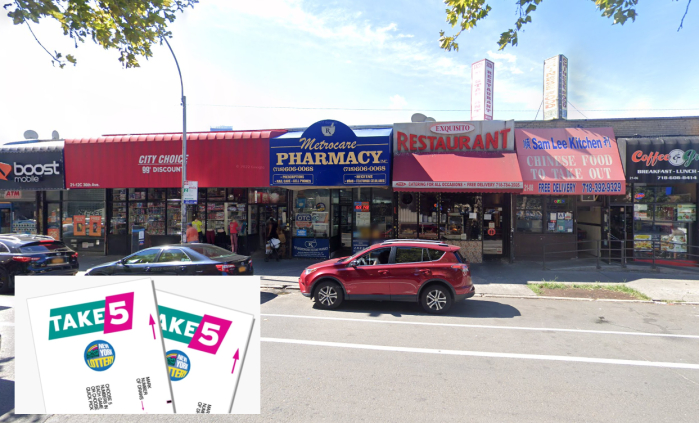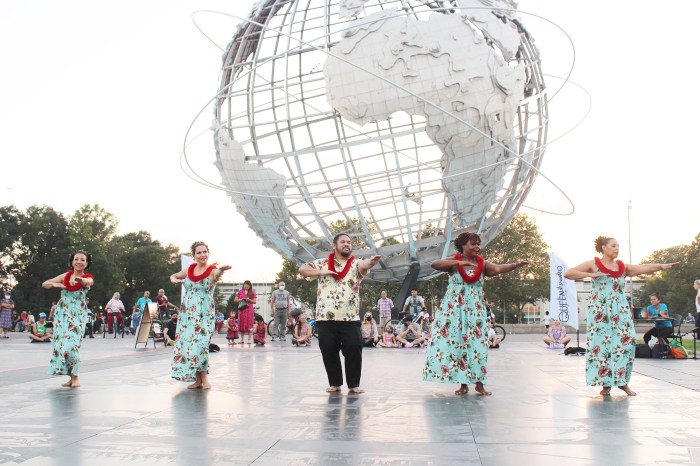Several members of the Queens delegation to the City Council applauded the start of the land use process to officially prohibit the incarceration of individuals on Rikers Island after Dec. 31, 2026, when the borough-based jail system is expected to be in operation.
The land use application filed Monday is the first step in the Uniform Land Use Review Process (ULURP) to change Rikers’ designation on the official city map to a public place.
“Rikers Island has been a stain on New York City for nearly a century, with thousands of people subjected to physical and mental anguish under a broken system,” Councilman Costa Constantinides said. “As the representative for Rikers Island, I am proud to see the ULURP commence and ensure that these 413 acres are never again used for this kind of torture. The future of Rikers Island should get restorative justice for the over-policed and over-polluted communities marginalized for too long. I look forward to the continued engagement of key stakeholders, especially those impacted by Rikers Island, to make that happen.”
The leader of the Queens delegation, Councilwoman Karen Koslowitz, who faced intense blowback from her constituents for her support of a prison facility in Kew Gardens at the location of the old Queens Detention Complex, was also pleased the city began the process.
“I am gratified that the administration is moving swiftly to lay the groundwork for making Rikers Island an asset for all New Yorkers,” she said.
The proposed action does not lead to any new development or construction on its own; the application is solely focused on changing the mapping of Rikers to end its use for jails. Any future plans will require a new planning and public review process, including a separate approval for and environmental review process if necessary.
“Closing Rikers requires a roadmap to get there and this plan demonstrates our commitment to doing just that. Once it is put in place, the hellhole known as Rikers will never again be used to incarcerate New Yorkers,” Councilman Daniel Dromm, the first elected official to call for the closure of the jail complex, said. “The people of NYC will decide what is to become of the island. This plan ensures the community will participate in determining its future use.”
The filing of the ULURP is the latest step made possible by the city’s efforts to substantially reduce its levels of incarceration. The number of people in the city’s jails currently is fewer than 7,000, the lowest rate since the late 1970s, and it remains on course for a prison population of fewer that 3,300 by 2026.
“The proposed change to the city map to establish Rikers Island as a public space solidifies the administration’s commitment to end incarceration in this space,” Councilwoman Adrienne Adams said. “The people of New York City deserve to have a meaningful say in the future of the island and I applaud the public participatory planning effort. This is an exciting step forward so that New York City can move forward toward ending an inhumane and environmentally unsound system of mass incarceration.”

































